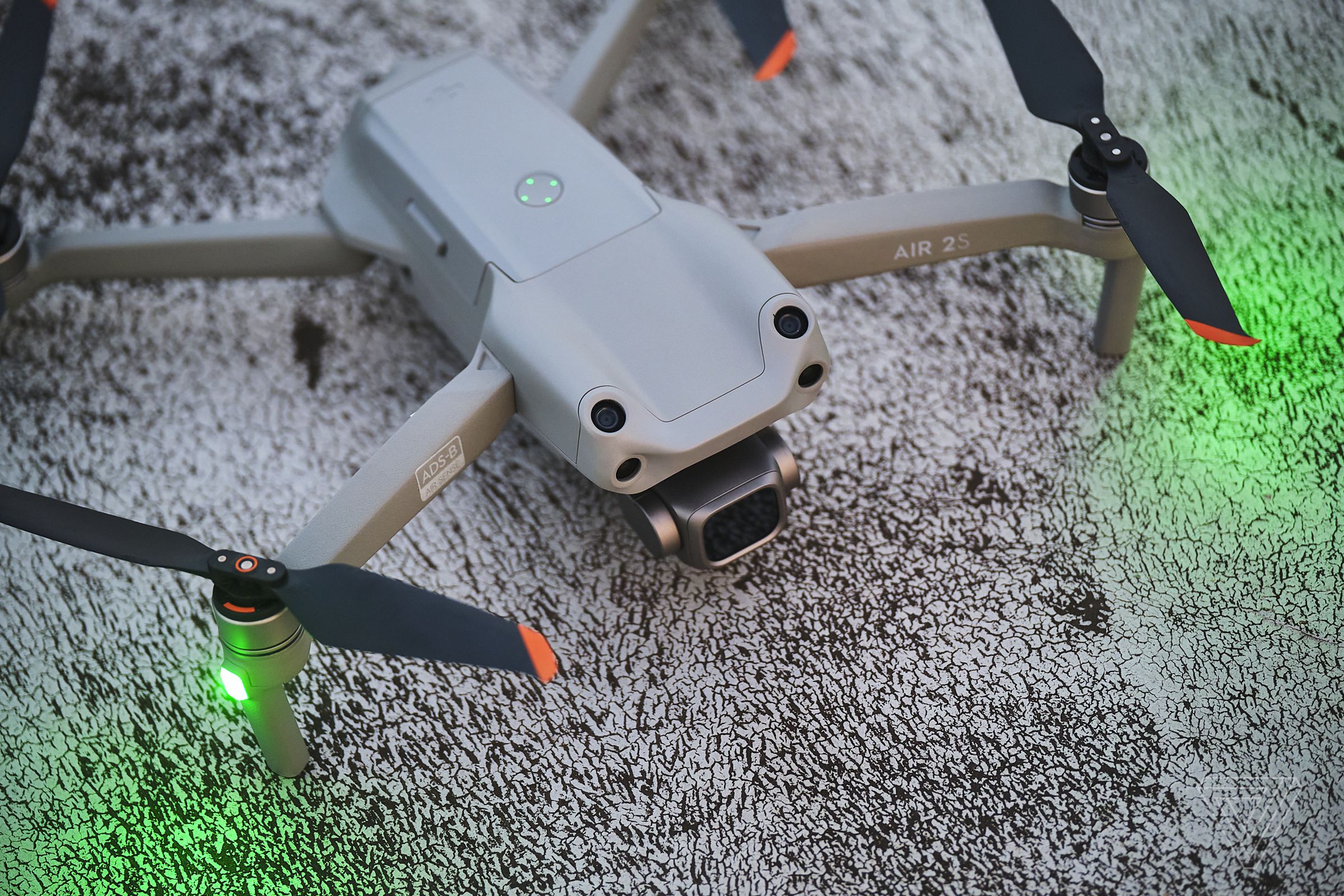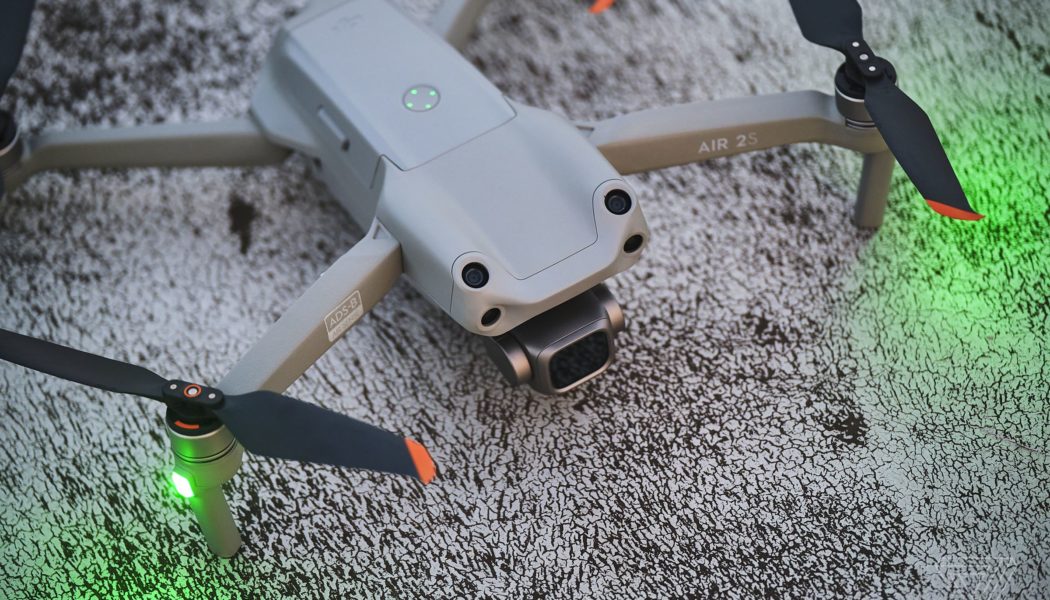AeroScope’s product page now reads that it’s ‘no longer in production.’

DJI’s no longer producing AeroScope, the drone-detecting system accused of helping Russians target and attack Ukrainian drone pilots, as first spotted by UAV Hive (via DroneDJ). The device’s product page now displays a pop-up that reads: “The Aeroscope is no longer in production. For the latest in DJI technology, please view our product recommendations below.”
You can close out of the notification and view the entirety of AeroScope’s product page, which still has an order form for DJI dealers at the bottom. The China-based DJI hasn’t formally announced the discontinuation of the product, and it’s still not clear whether existing AeroScope devices will lose functionality, or if the platform’s going away forever. According to UAV Hive, rumors indicate that DJI’s working on a second version of the receiver, however, DJI didn’t immediately respond to The Verge’s request for more information.


DJI describes its AeroScope technology as a “comprehensive drone detection platform” that can identify and track drones in real time using the receiver signals broadcasted by newer DJI drones. This signal provides AeroScope users with information like flight status, path, and pilot location from drones up to about 30 miles away.
While the product was originally intended for use by law enforcement or other government agencies to monitor drones flying in potentially dangerous areas (like around an airport runway) and to track down their pilots, the technology became a cause for concern in the midst of the war between Russia and Ukraine.
Last year, Ukrainian Vice Prime Minister Mykhailo Fedorov blamed DJI for “helping Russia to kill the Ukrainians,” as Russian soldiers allegedly used the company’s AeroScope receivers to find and attack Ukrainian drone operators with aerial strikes. To make matters worse, the signals broadcasted by DJI drones aren’t encrypted — even though DJI initially told The Verge they were — allowing other kinds of receivers to pick them up. DJI ended up blocking shipments to both Russia and Ukraine over concerns about the weaponization of its products last year, and also discontinued the portable version of its AeroScope system months later.
Brendan Schulman, the former vice president of policy at DJI, says on Twitter that there are “probably two reasons” behind DJI’s decision to discontinue AeroScope. “It doesn’t make sense to continue supporting a feature that was created to assist US security interests when being constantly attacked by US security agencies,” Schulman writes, while also citing the Federal Aviation Administration’s implementation of Remote ID.
This is the upcoming standard that the FAA, law enforcement, and other agencies will use to detect and track “most drones operating in US airspace,” giving them information about the drone’s identity, location, altitude, take-off location, control station location, and more.
Starting on September 16th, 2023, most drone operators in the US will only be able to fly aircraft with built-in remote broadcast capabilities or a retrofitted remote ID broadcast module — essentially what DJI has already been doing with its newer drones and AeroScope. The only time drone operators can use a device that doesn’t emit remote ID signals is if they’re flying in FAA-recognized identified areas.
Just days before AeroScope’s apparent discontinuation came to light, a report from Wired revealed that researchers have created a tool that receives signals from DJI drones through more affordable third-party devices, letting them pick up on the GPS locations of the device and its pilot without the need for an AeroScope system. The engineers working on the project tell Wired they have only tested the tool with drones 15 to 25 feet away, but believe they can track drones from even further away with more testing.









